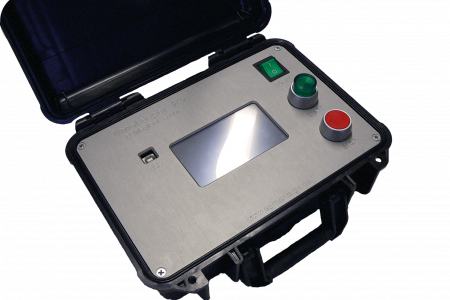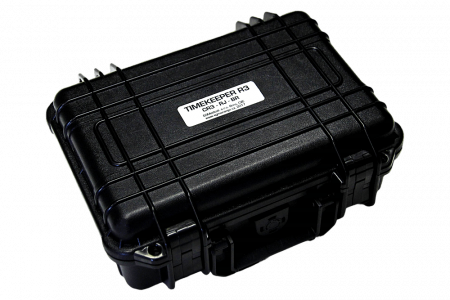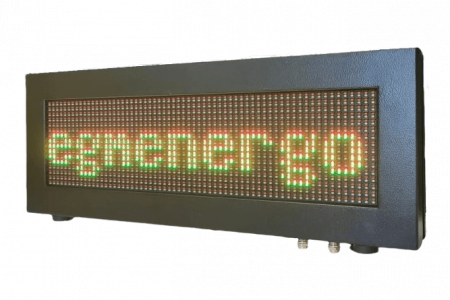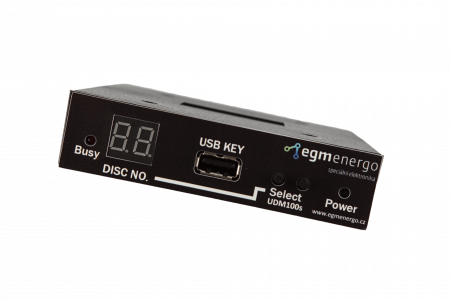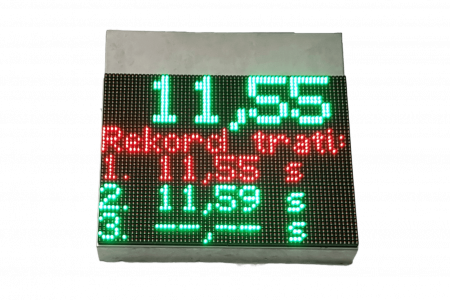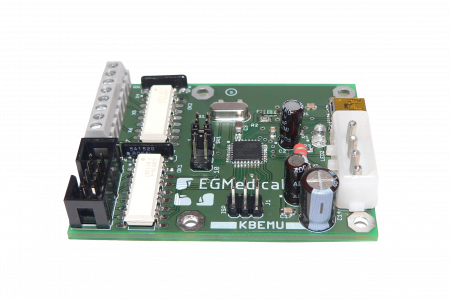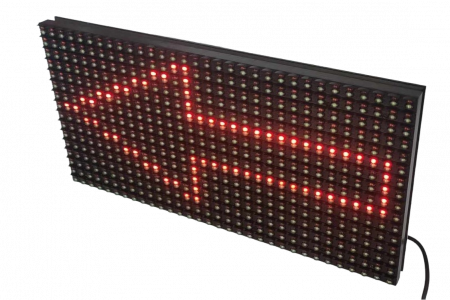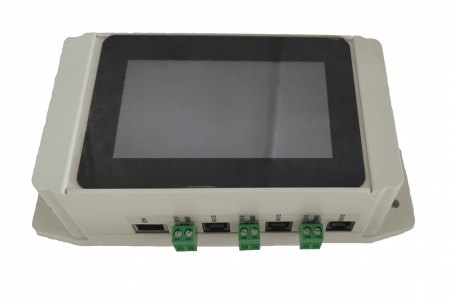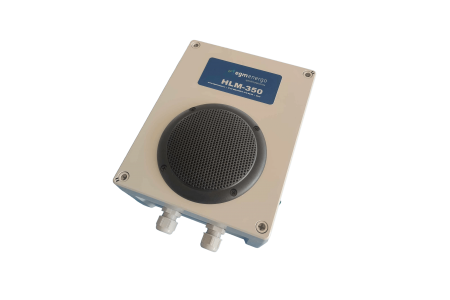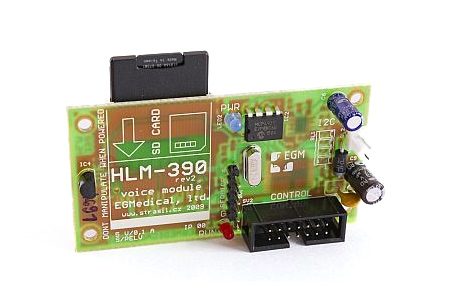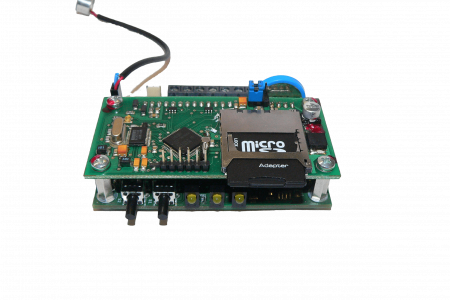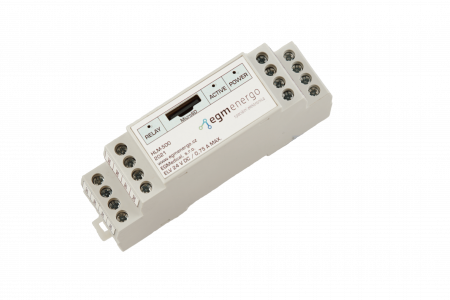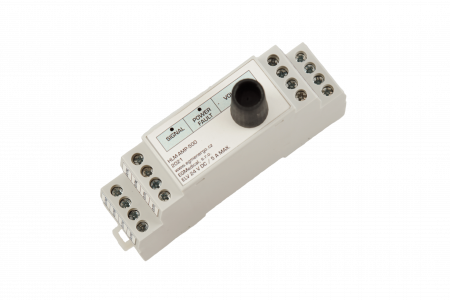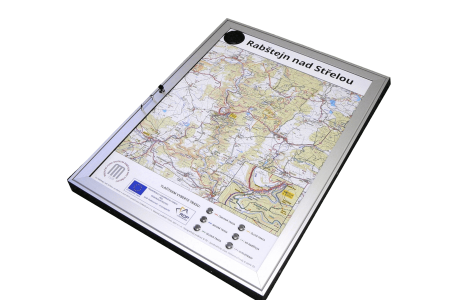The sensors are mounted on conventional tripods, always with photocells on one side of the track and reflectors on the opposite side. The photocells are available in wireless versions for a beam range of 1.5 m, 6 m or 10 m, which determines the maximum possible width of the measured path.
Simple 1.5 m and 6 m photocells work in the infrared spectrum, 10 m photocells are laser with a red beam (this is a safe design – the transmitter has lower power than a laser pointer), which makes it easier to adjust the reflector, just find the position of the reflector so that the red dot emitted by the photocell is visible.
The wireless photocell units are battery powered, the operating time per charge is more than 8 hours with a standard battery. The wired photocells are powered from the device control unit.
The timer control unit receives signals from the photocells, controls the start and stop of the measurement and records the data for display and transfer to the computer. The unit’s display also indicates fault conditions (e.g. low battery, uncontrolled reflector, photocell unit off or out of range on wireless versions).
The control unit can be connected to a computer via a standard USB interface and the measured data can be downloaded to the computer. The control unit is connected to a starting siren, (optionally) a starting gun, an antenna for communication with wireless photocells and a power supply.
On the control unit there is a button for manual start of the measurement and a keyboard for setting the start parameters, player number and possible viewing of saved records.
The time measurement is controlled by a thermally compensated crystal oscillator with a deviation of up to 1.3 ppm and is performed with a resolution of 1 ms, the accumulated measurement deviation for a 10 s section is less than 0.023 %, for a 100 s section is less than 0.004 %.


